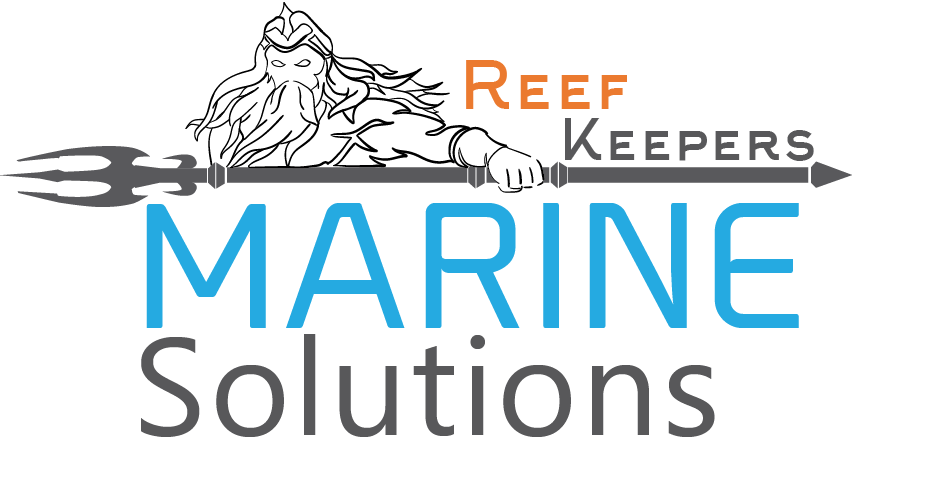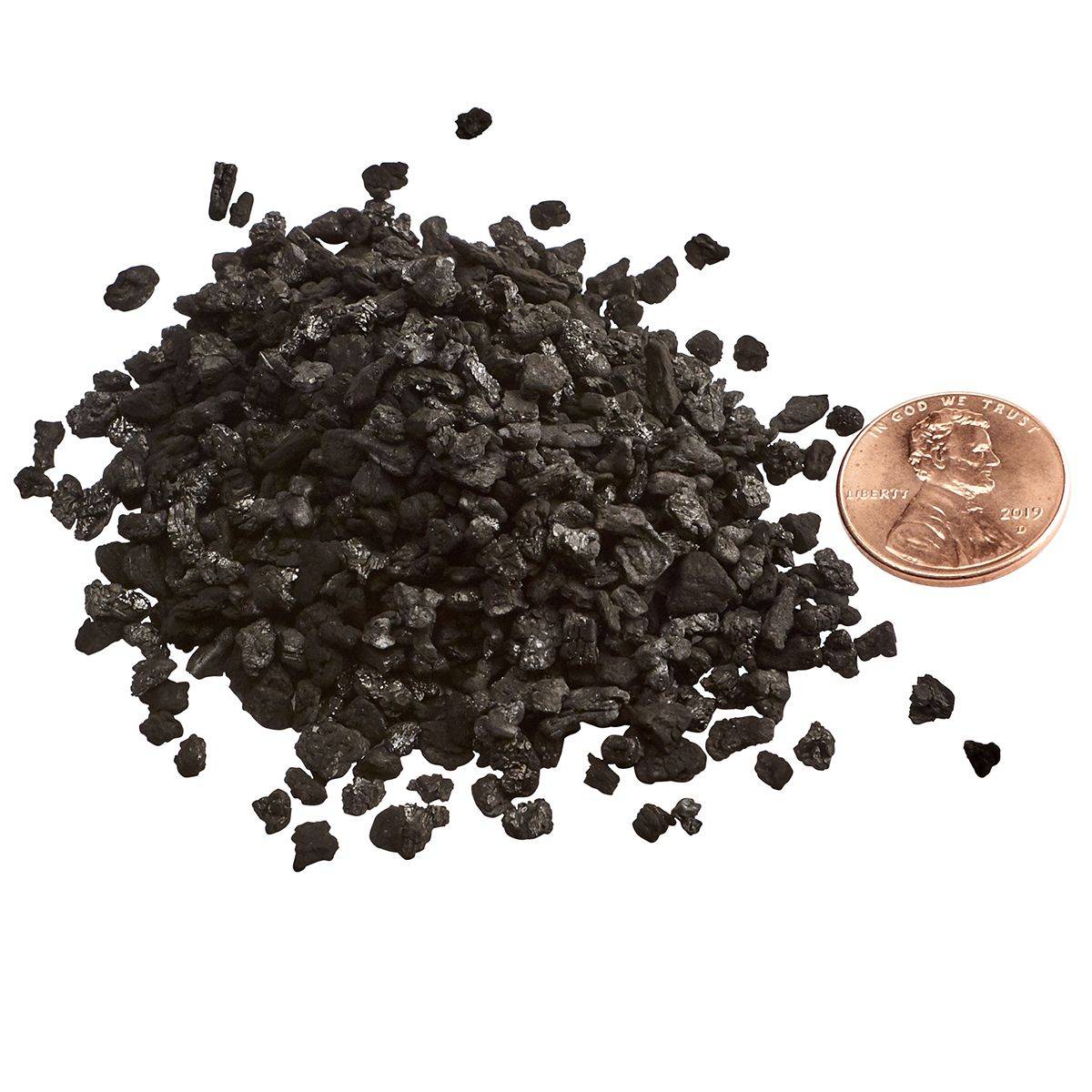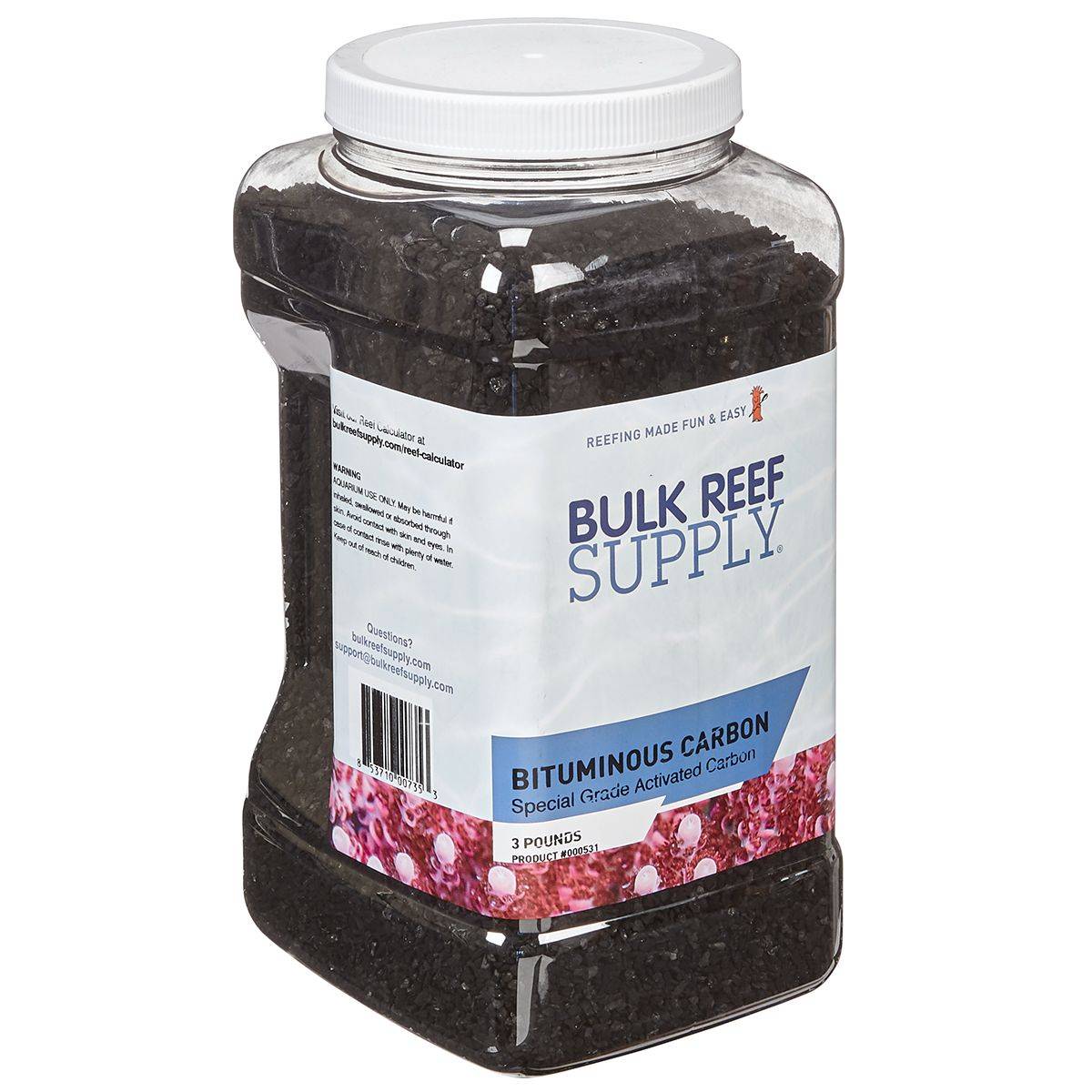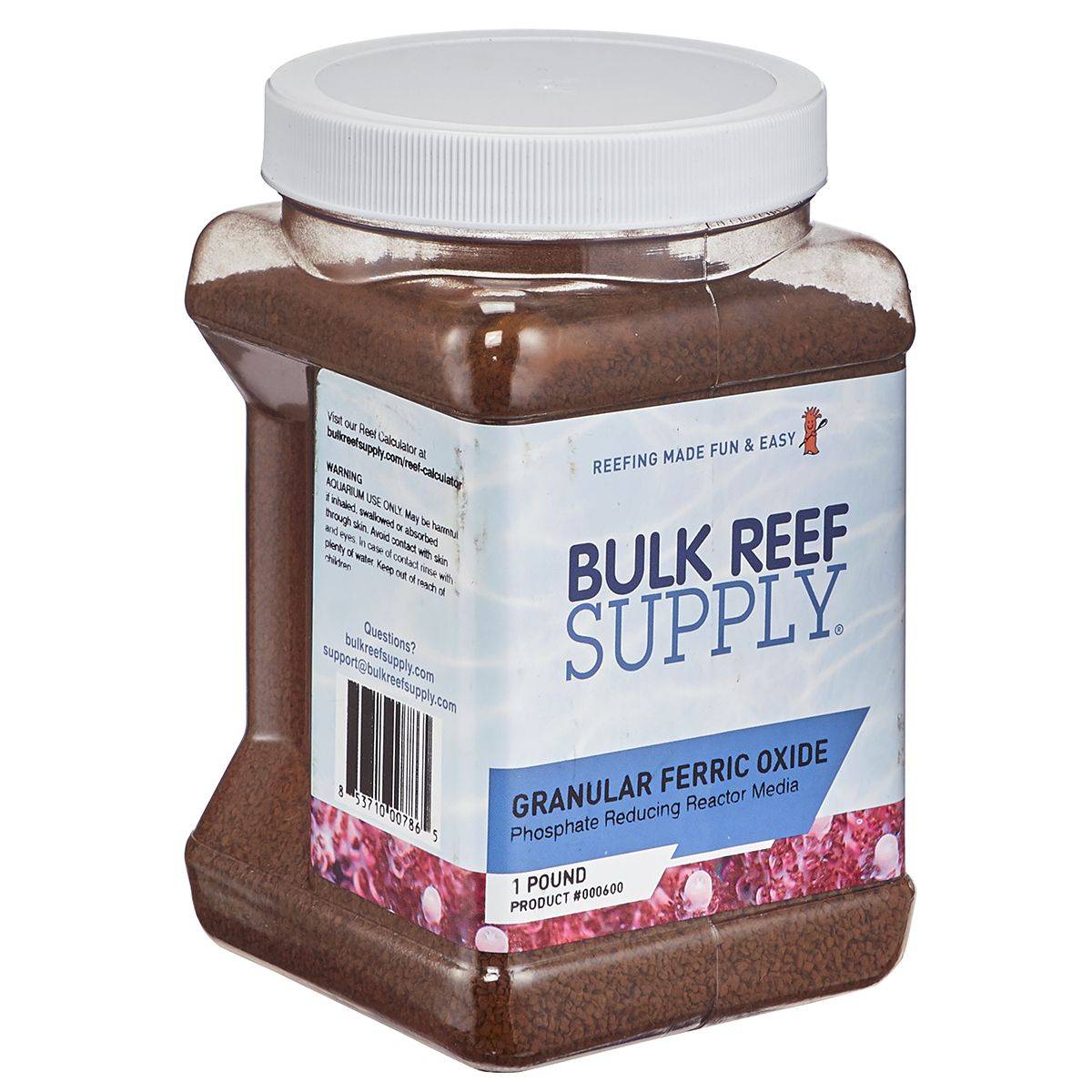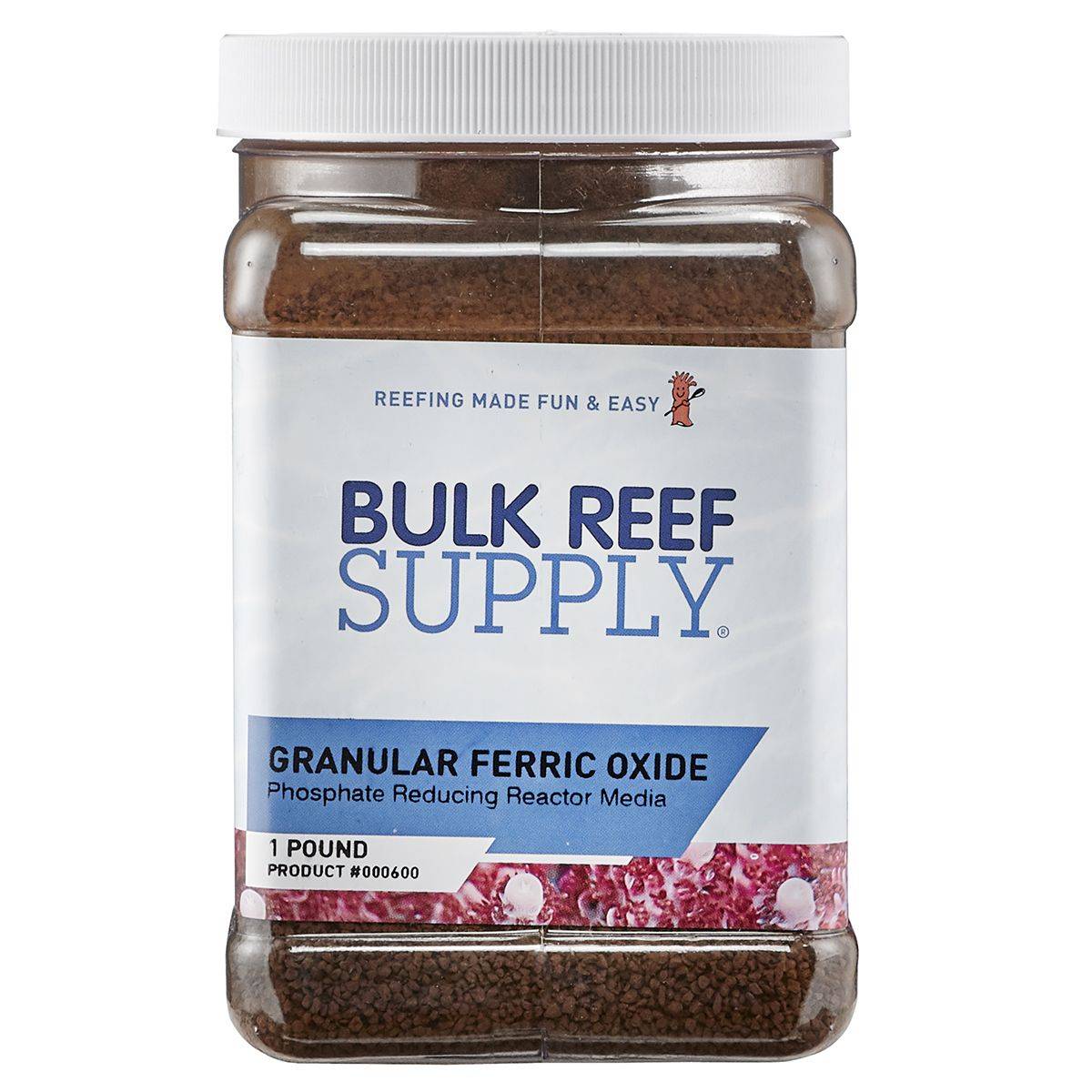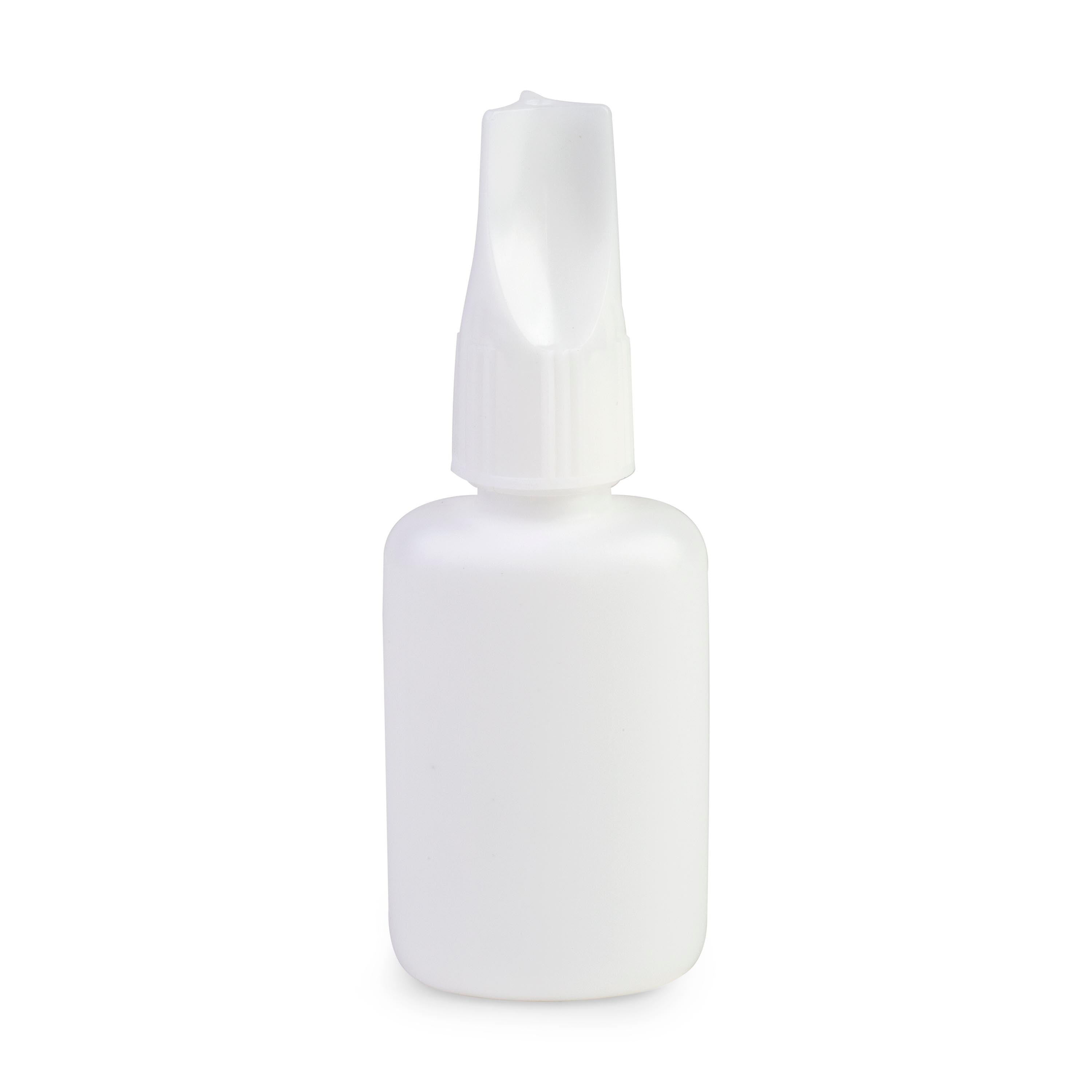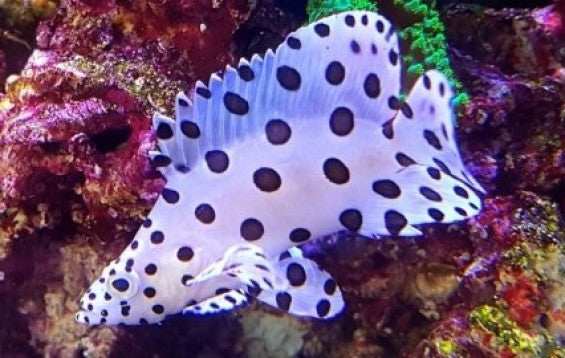
Panther Grouper (Cromileptes altivelis)
Max Size: 1 foot 8 inches
Diet: Carnivore
Temperament: Aggressive
Reef Compatible: With Caution. Will eat small fish and inverts
Minimum Tank Size: 300 gallons
The Panther Grouper, scientifically known as Cromileptis altivelis, goes by several aliases, including the Polka Dot Grouper, Humpback Grouper, High Finned Grouper, and the Barramundi Cod. This substantial marine species can reach an impressive length of up to 28 inches and boasts a striking appearance. Characterized by a slender vertical shape with considerable height, a relatively compact head, and an elongated snout, it bears a resemblance to a humpback. Adult Panther Groupers exhibit a creamy hue adorned with scattered black spots across their body and fins. Notably, the upper portion of this marine fish is narrower than the lower part and features a concave profile near its head. It can be challenging to differentiate between males and females within this species.
In its natural habitat, Panther Groupers are typically found inhabiting lagoons, seaward reefs, silty areas, and coral reefs. To replicate this environment successfully in a home aquarium, it is advisable to employ a sandy substrate layered with pebbles and live rocks to serve as hiding spots. Additionally, these fish require ample space for swimming, necessitating a spacious aquarium due to their substantial size. It is crucial to ensure that the aquarium is equipped with a secure lid, as Panther Groupers tend to be initially shy upon introduction and may attempt to escape. In terms of their diet, Panther Groupers primarily feed on invertebrates and small fish and can exhibit aggressiveness towards other fish when under stress or feeling threatened.
As a member of the Serranidae family, Panther Groupers are carnivorous and have a high food consumption rate due to their size. Consequently, maintaining an efficient filtration system and ensuring adequate water flow within the aquarium is essential. Their diet should predominantly consist of meaty foods such as krill, shrimp, and small fish.
Breeding Panther Groupers in captivity is known to be a challenging endeavor.
